If you’re one for finery and ornamentation, it’s time to get in a Victorian state of mind. Named after one of the longest-reigning monarchs in history, the Victorian style has outlived its origins to become a truly international style. This design style remains quite popular and symbolizes wealth, abundance, and industrialization. With their intricate ornamentation and imposing style, Victorian structures have a lot of presence and are quite distinct. A home with traits like these was once the ultimate status symbol, declaring to neighbors and passersby that you had made it in the world. In this sense, Victorian design was a great ‘democratization’ of architecture and interior design as it made an ornate aesthetic that had once been the preserve of a very fortunate few quite commonplace.
To be precise, the Victorian style is an amalgamation of several styles that were distilled over time into a distinct architectural movement. For this reason, it isn’t uncommon for a “Victorian house” to have Gothic motives, Italianate symmetry, Queen Anne ornamentation, or even Greek Revival-inspired features.
Origins of Victorian Architecture and Design
Victorian architecture and design succeeded Georgian architecture, which had been the design trend named for the reigns of the first four King Georges.
The Early Years
Once those reigns concluded in 1837, Victorian architecture began to take root throughout the United Kingdom in a trend that lasted sixty years until Queen Victoria’s death. From there, the style spread throughout the anglophone world, reaching such far-flung places as Australia, New Zealand, and North America. Victorian architecture also traveled beyond the bounds of the English-speaking world and had a lot of influence on the development of architecture globally.
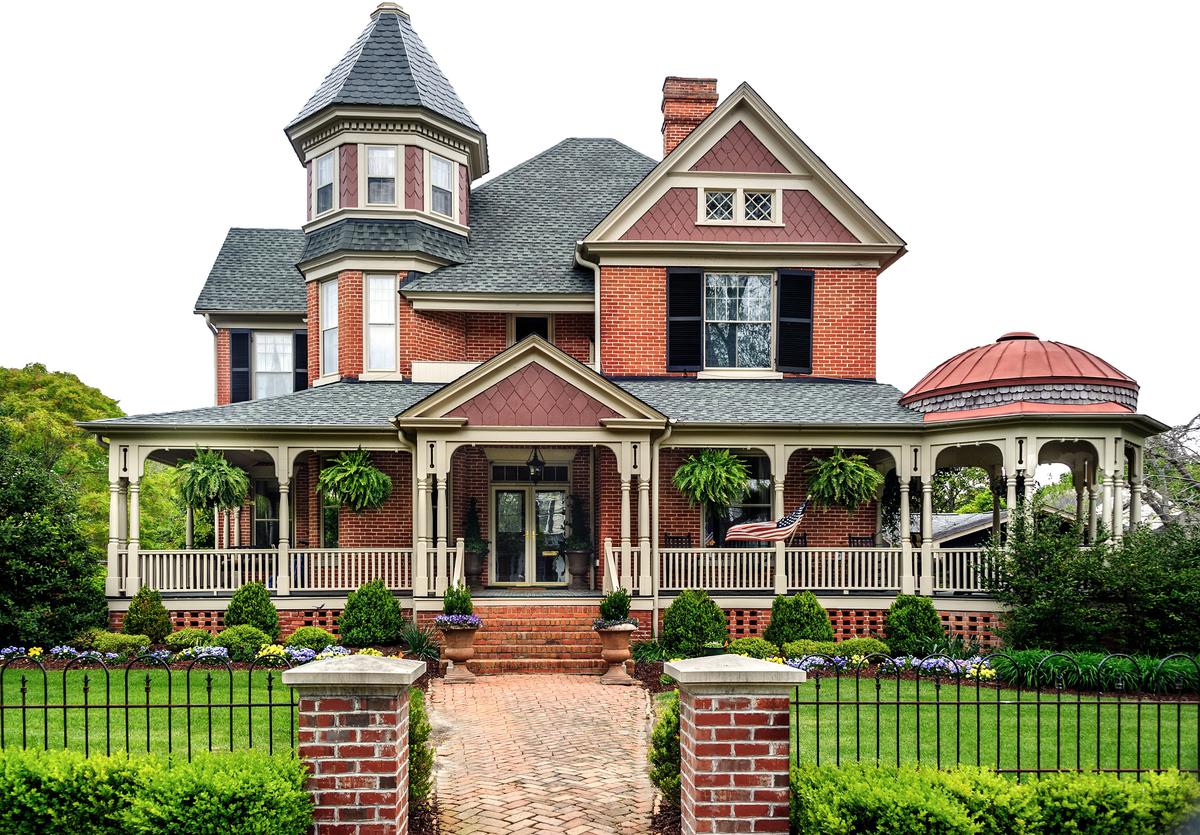
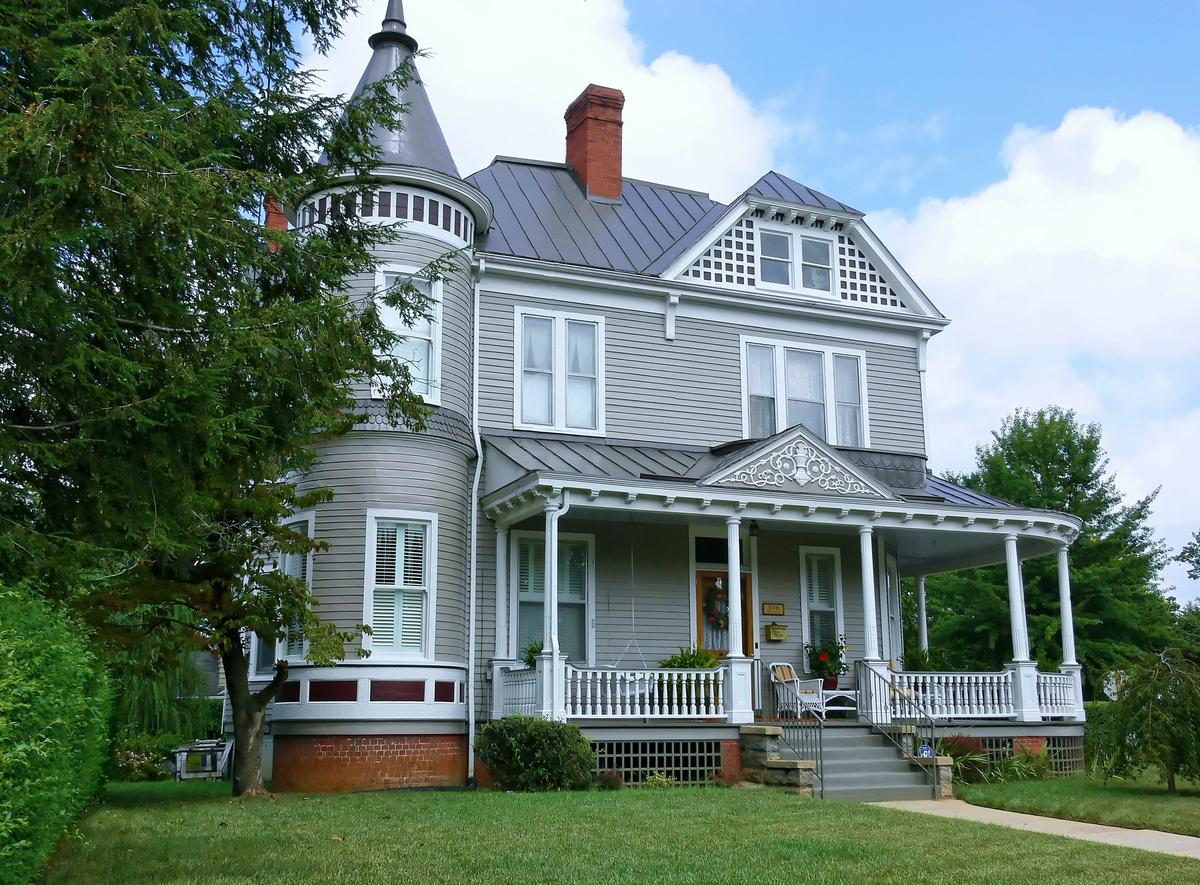
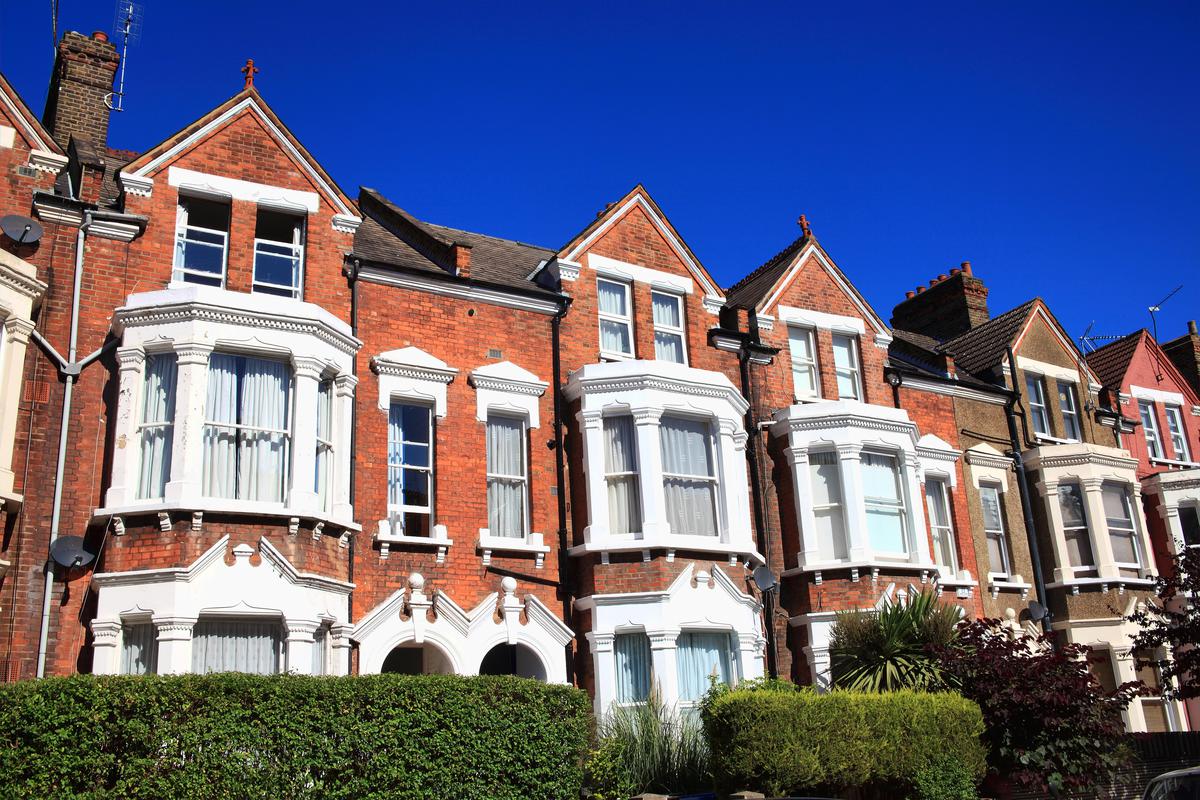
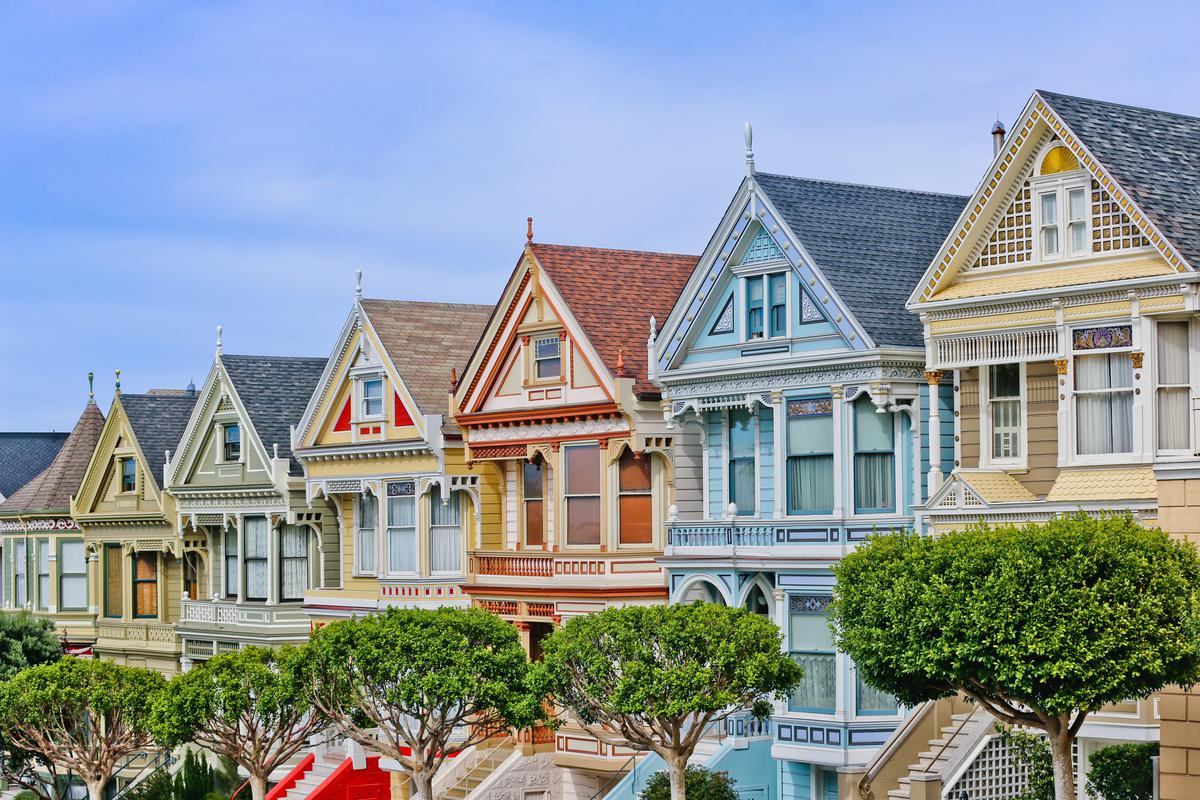
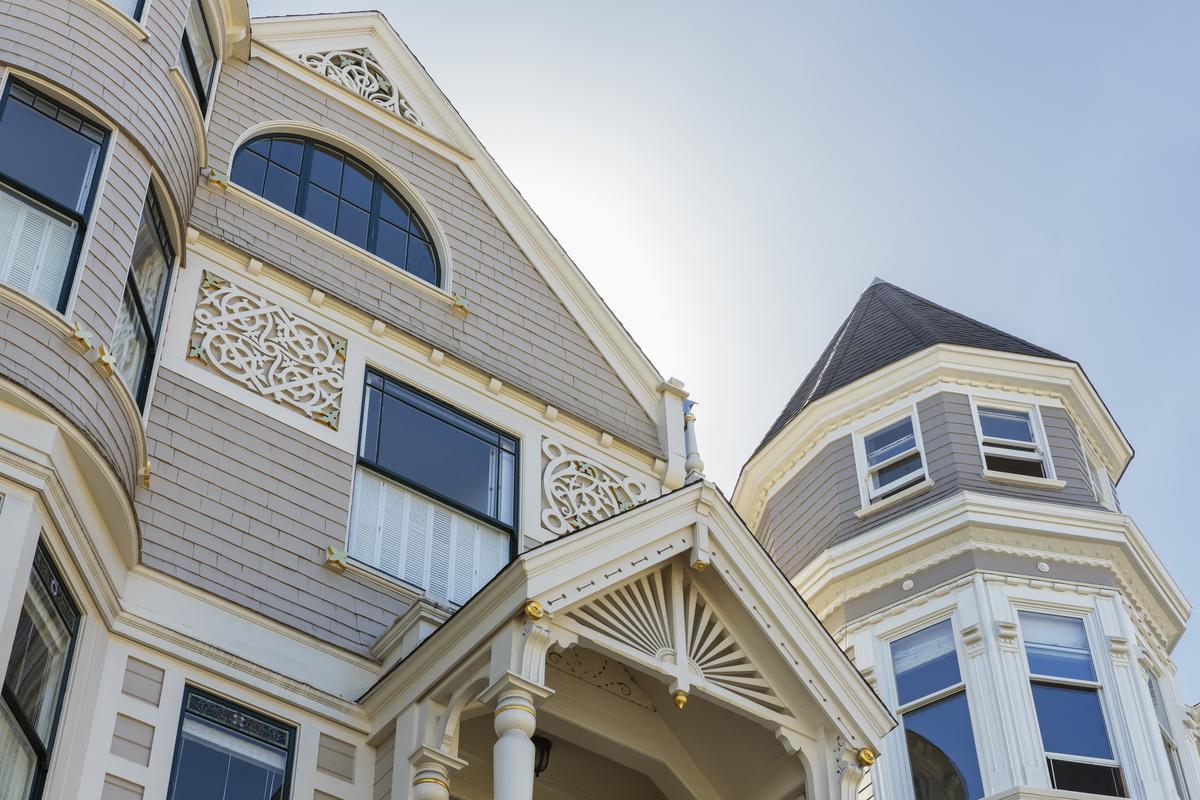
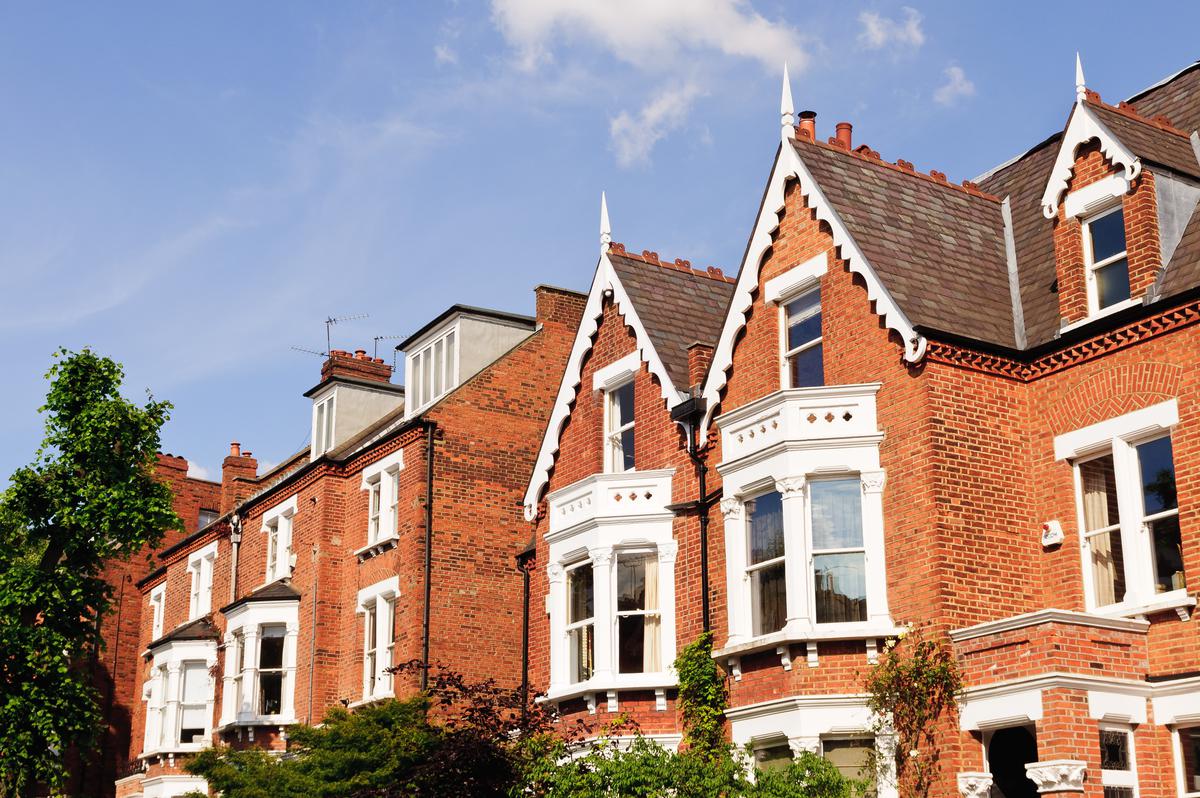
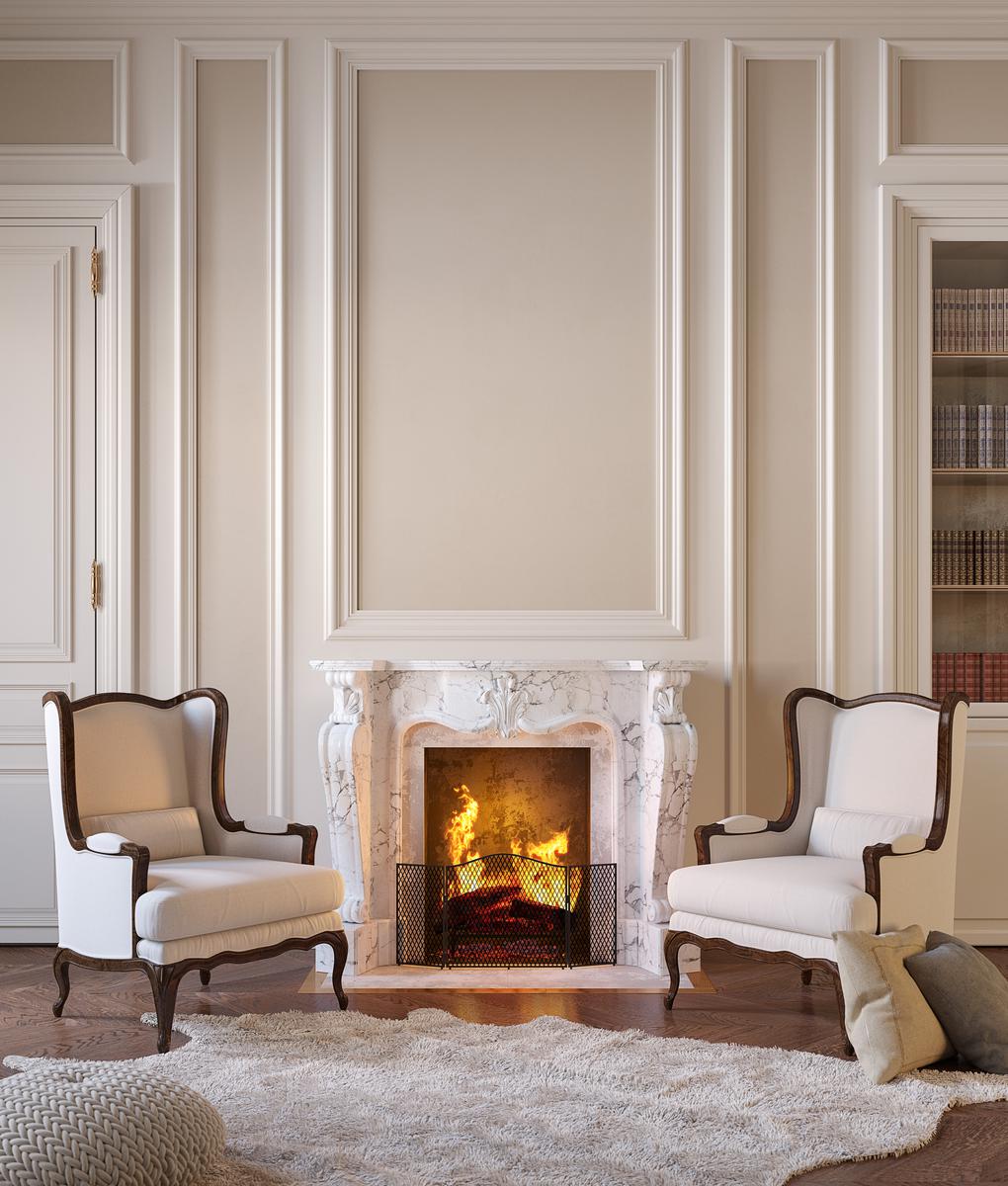
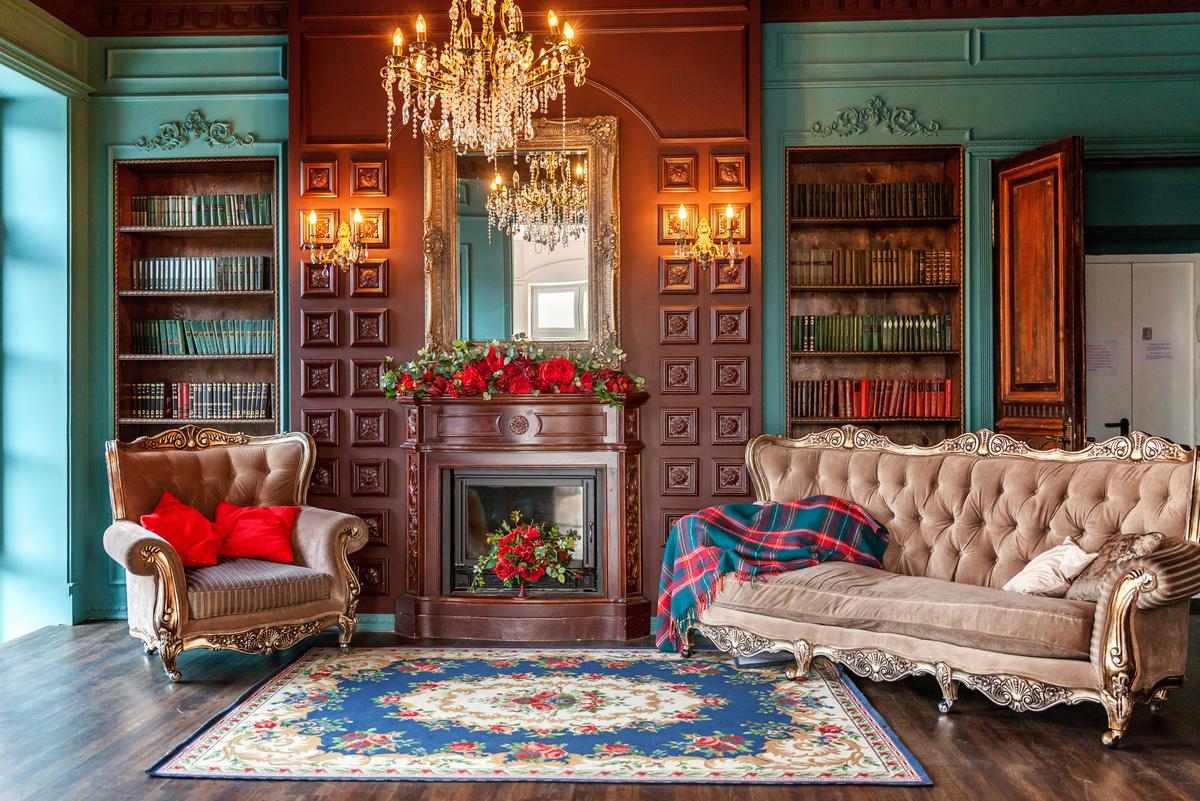
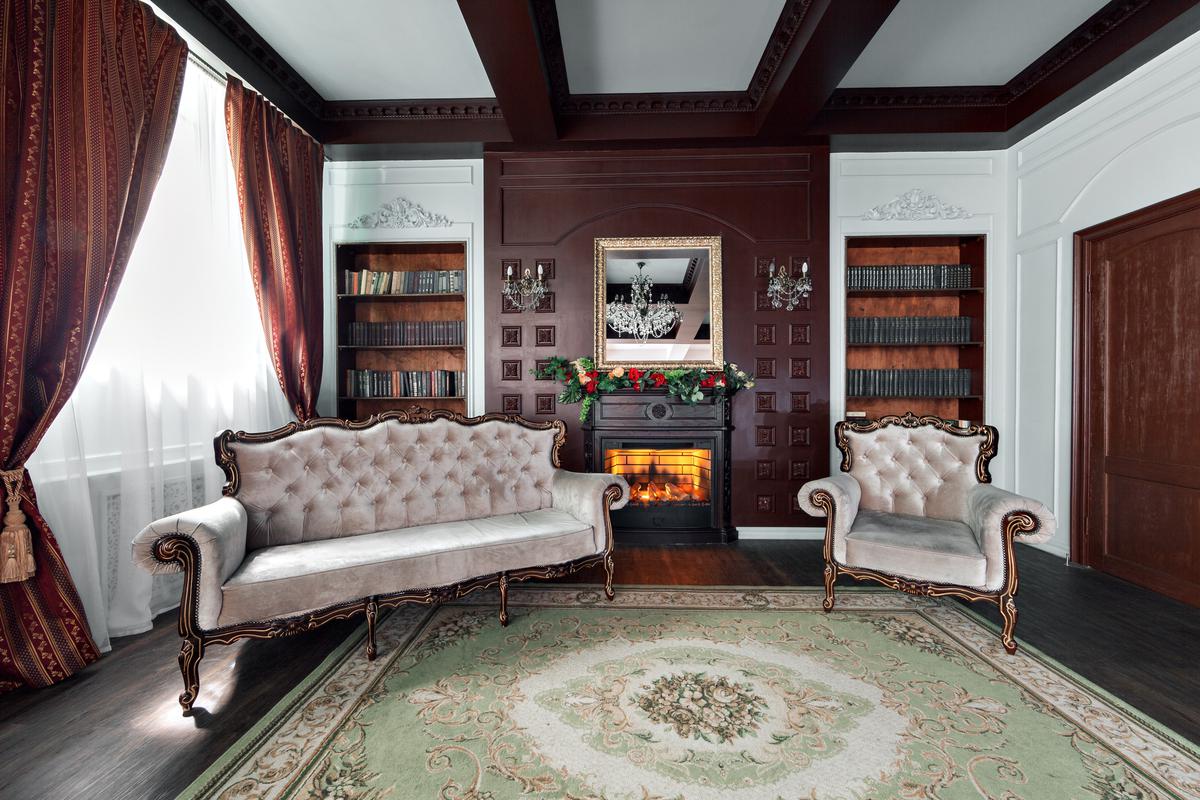
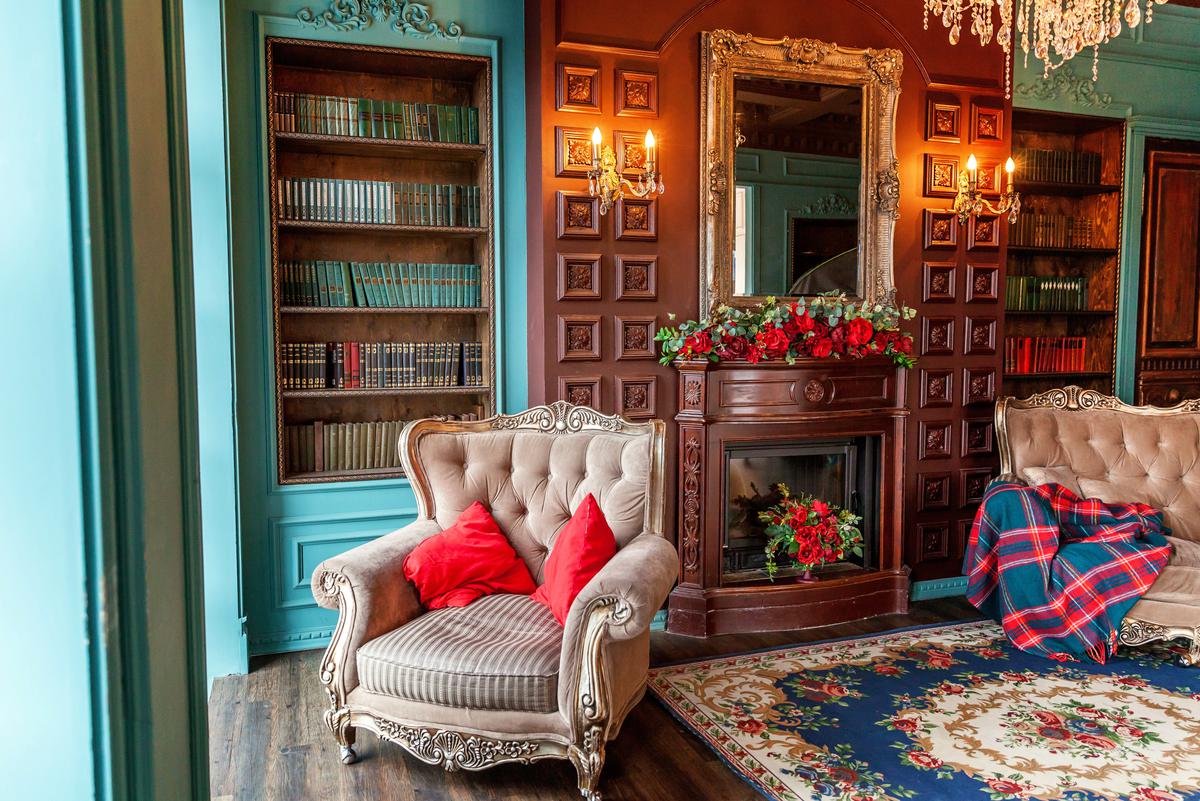
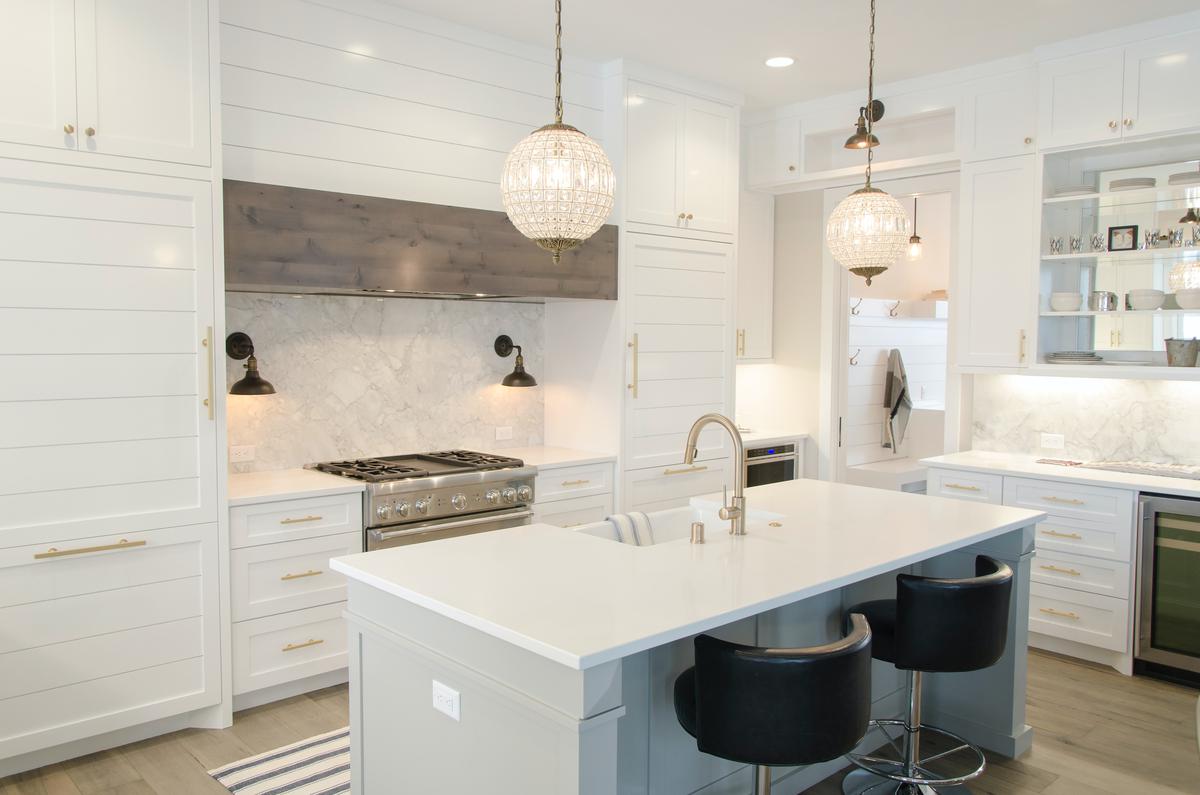
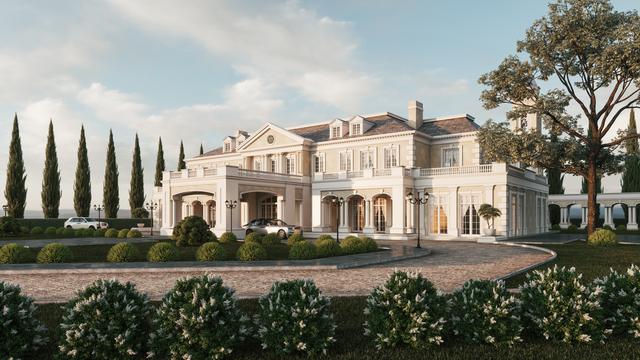
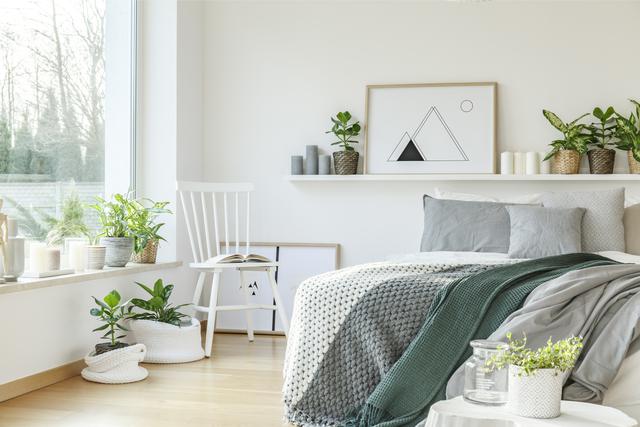
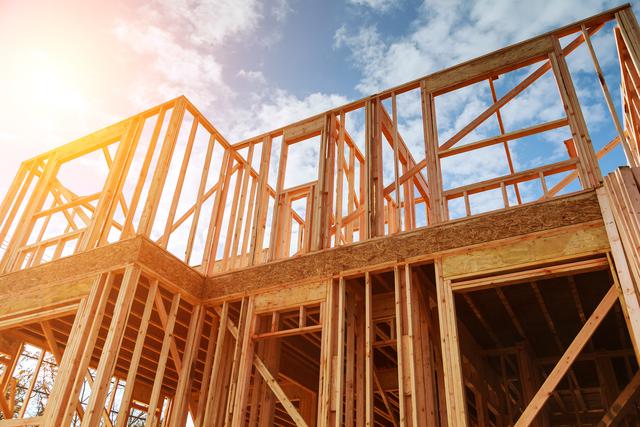
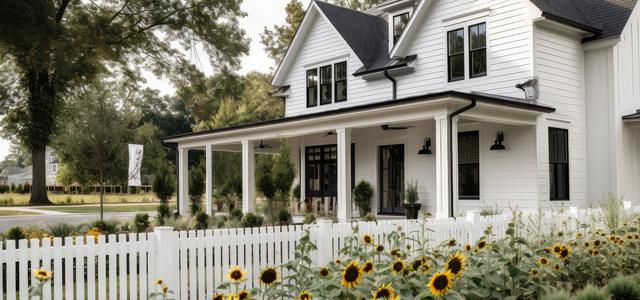
comments